The exhibition INSTANCES opened by Florica Prevenda at The Painters Colony, Baia Mare, is the main of a series of three events which mark, conclusively, an important moment in her practice – the completion of a research. The publication with the same name, launched on the opening includes the series of artworks showcased in the exhibition: Faces without a Face, Shadows of the Present, Net People, Time Regained, Serenity, Anonymous, Facebook Obsession and Ephemeral – all made between 1997 and 2019, and the capsule exhibition Anonymous from Annart Gallery, curated by Magda Predescu, is an installation which elaborates on one of the series from the main exhibition, with artworks not exhibited previously. These three events, different in structure and magnitude converge and create a complete image of the last two decades in the work of Florica Prevenda. From the late 90s until very recently, the central theme in her work has been the human figure, the portrait, which functioned as foundation and pretext for a thorough research, from multiple perspectives, on identity. The artworks from series Faces without a Face (1997-1998) are the first in which the image coalesces around a figurative nucleus, a figuration still very close to the abstract expressionism she practiced in the previous decades. At the same time, these artworks are the first to witness a displacement of the representation outside the personal subjectivity, into an exterior that becomes the object for a critical observation.
Anonymous is the last in the series of works exploring the ways the human identity dissolves under the ever increasing pressure of the virtual realities and the shift in communication – simultaneously more direct and less personal.
In contrast with the gestural, lyrical abstraction she practiced in the 80s and 90s, as she explored her own identity, sensitivity and reactivity, this recently concluded research on the contemporary identity is centred on an anthropomorphic core. A contour silhouette serves to delimitate the set for this investigation without becoming its subject, beyond its visual expression – that evolves progressively in successive series of artworks. From the first attempts at organising the painted surface around a central element, all the way to the three dimensional objects in the series Facebook Obsession, both expression and representation evolve and crystallize, in a setting process that spans for over two decades. The human figure becomes support for various experiments with form and color, as materiality and texture define or alter a representation that undergoes various degrees of condensation.
Losing or altering the identity or the formation of a new one, the internet and the social media are, for Florica Prevenda, subjects for a painting that, except for the experiments with collage and textures, does not abandon its specific expression or instruments. Therefore, the new context she discusses remains only a theme; a subject observed from the outside, approached in a way similar to any other instance of a represented reality. In the exhibitions at Annart Gallery and The Painters Colony the display itself is unexpected quoting the online space – structured from overlapping layers of image, infinite and bi-dimensional at the same time. But the artworks themselves do not step outside an indestructible connection with painting and with the painterly materiality and expression.
In successive stages, the collages and the abstract – or figurative – nuclei explore the infinite possibilities offered by painting. Her commentaries are critical, but gradually lose all that is dark or threatening, as the critic on the loss of identity develops in key that is less and less dramatic. Her painting becomes more and more colored – starting with the almost monochrome early series to the last one, Anonymous, defined by a chromatic that is almost conclusively exuberant, precious, rich, balanced and harmonic.
In this series announced by the artist as the final one with the theme of the contemporary identity she also completes her research on the portrait, and already commences a return towards her inner identity, in a trajectory similar to the one from representation to abstraction identified by Gilles Deleuze in his parallel between the systems of analysis and synthesis of painting and philosophy: ”one needs to keep painting portraits for a long time before you can move on to doing your own landscapes (…)” [1]. In a recent interview the artist already speaks of a new stage in her creation, in which we can guess the reverse trajectory of the discourse on identity, directly translated by renouncing the anthropomorphic representation. The person becomes the observer once again, as the analysis is completed and the artistic – identity is re-defined, regained and asserted.
[1] Gilles Deleuze and Claire Parnet, L’Abécédaire de Gilles Deleuze, DVD (Paris: Editions Montparnasse, 2004), ‘H’ apud Sjoerd van Tuinen, ‘The History of Philosophy Conceived Of as Mannerist Portraiture’, Guillaume Collet (ed.), Deleuze and Transdisciplinarity (London/New York: Bloomsbury, 2019)
POSTED BY
Mălina Ionescu
Mălina Ionescu (b.1978) is a visual artist and theoretician, holds a PhD in Museum Studies, currently curator at MNAC Bucharest – The National Museum of Contemporary Art Romania. Lives and works i...
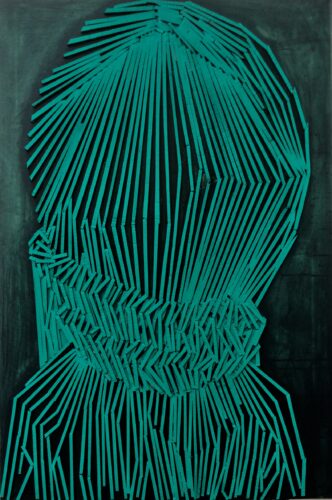
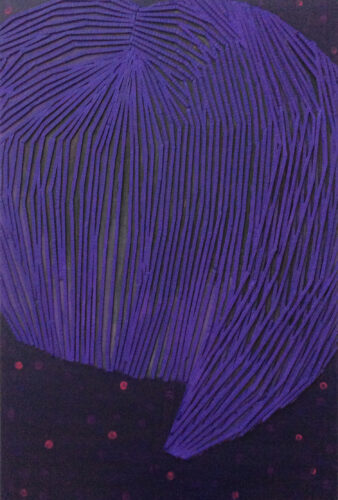
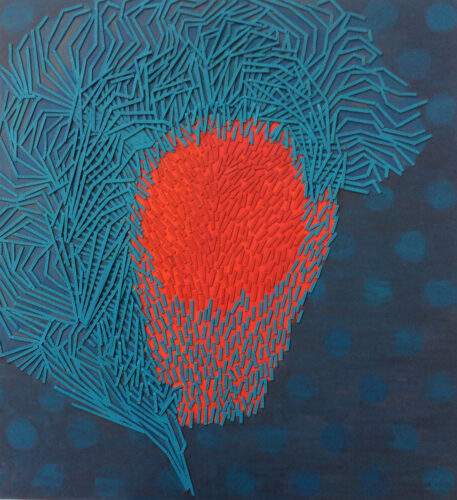
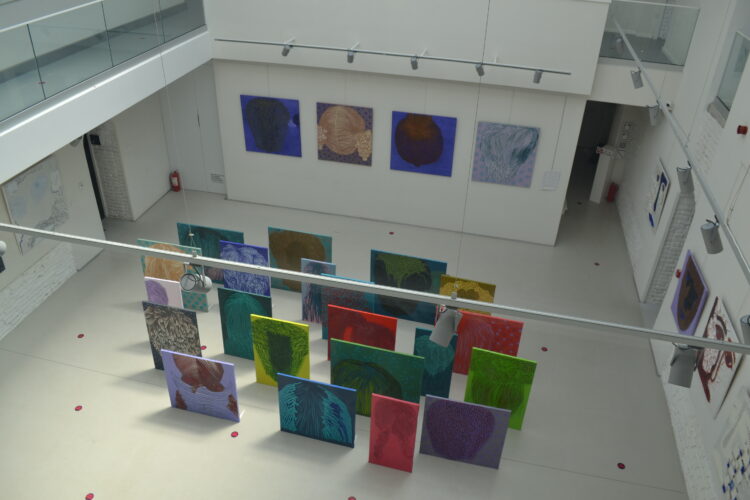
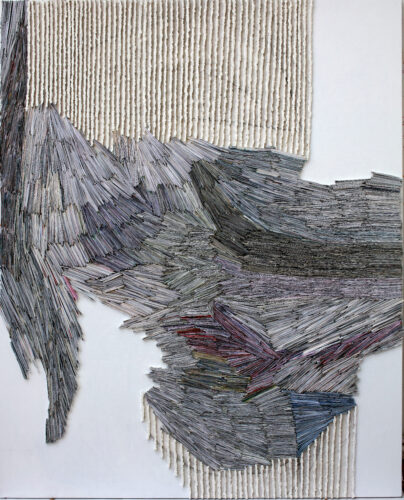
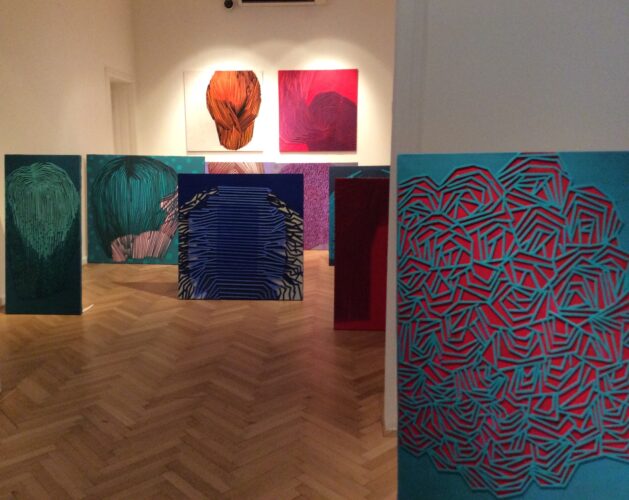
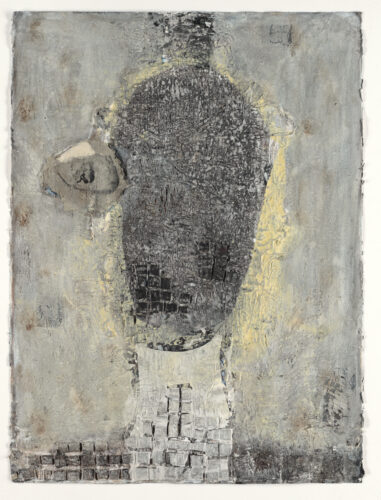
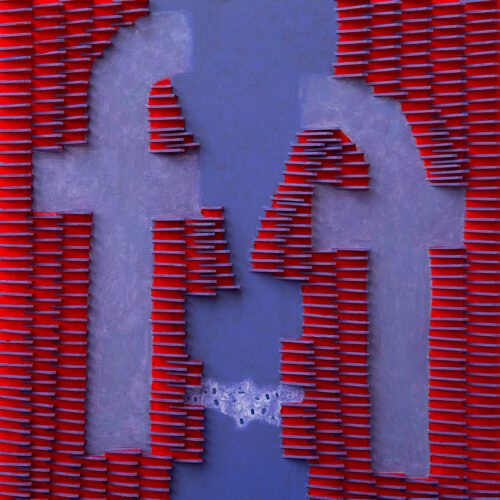
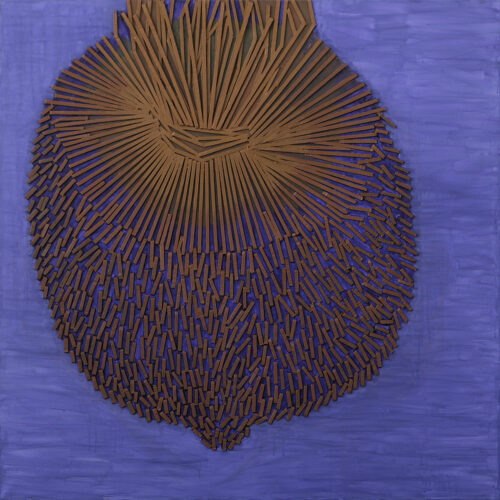
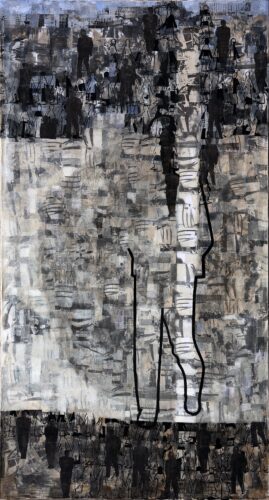
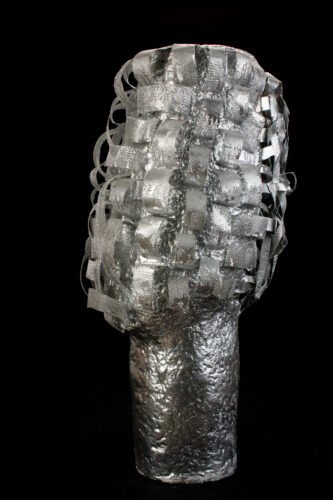


Comments are closed here.